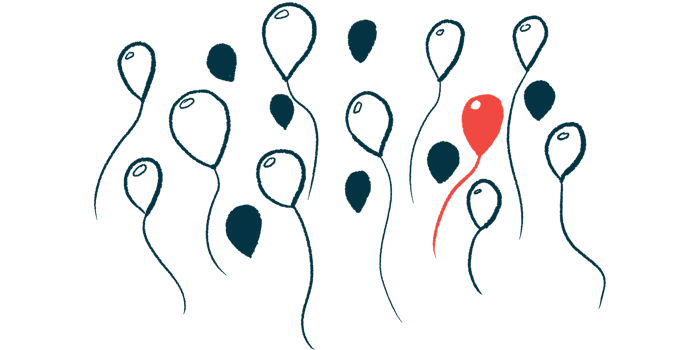NORD adds 9 new rare disease centers to its US network
Goal is to expand access to multi-specialty care for people living with rare diseases

The National Organization for Rare Disorders (NORD) has selected nine new Rare Disease Centers of Excellence, bringing to 40 the total number of medical centers that are part of its network.
This unique network of medical centers, clinics, and institutes seeks to expand access to multi-specialty care for people living with rare diseases, such as Lambert-Eaton myasthenic syndrome, by providing a national infrastructure to accelerate rare disease research, diagnosis, and treatment.
“Right now, far too many rare diseases are without an established standard of care. The Rare Disease Centers of Excellence Program will help set that standard — for patients, clinicians, and medical centers alike,” Ed Neilan, MD, PhD, NORD’s chief scientific and medical officer, said in a press release.
Rare diseases affect up to 30M in US
In the U.S., any disease that affects fewer than 200,000 people is considered a rare disease, according to the National Institutes of Health. More than 7,000 rare diseases are estimated to affect 25 million to 30 million Americans, with 90% of them lacking approved treatments for their specific disease.
Those with rare disorders face medical costs that can be three to five times higher than costs for people with non-rare diseases, and that are nearly half of all hospital costs in the U.S. Additionally, rare disease patients often experience a delay in getting an accurate diagnosis, which can take an average of six years and require multiple tests and visits to different specialists.
NORD is a nonprofit organization, and the leading and longest-lasting rare disease patient advocacy group, with a 40-year history of advancing care and policy for those with rare disorders. It includes more than 350 patient organizations.
NORD’s program focuses on reducing the time for diagnosis, improving access to the best care and appropriate treatments, accelerating foundational research, and advancing the clinical development of novel therapies. It is also committed to improving the inclusion of historically marginalized communities and advancing equal access to care.
“These inequities are not only harmful to individual patients but also slow overall progress in combating rare diseases and decrease generalizability of study findings and treatment guidelines,” Neilan said.
Right now, far too many rare diseases are without an established standard of care. The Rare Disease Centers of Excellence Program will help set that standard — for patients, clinicians, and medical centers alike.
Centers located in 27 US states
The Rare Disease Centers of Excellence network includes specialized centers and experts across the U.S. that collaborate to develop effective care guidelines and expertise, improve medical and family education, and advance new treatments.
Together, the centers, which are located across 27 U.S. states, diagnose and treat thousands of rare disease patients, and are at the forefront of medical and scientific discoveries.
The nine new centers that have now been added to the network include the Cleveland Clinic Center for Rare Diseases in Ohio, the Yale NORD Center of Excellence for Rare Disorders in Connecticut, and the Michigan Medicine NORD Center of Excellence in Michigan.
Each center follows a rigorous application process where it must meet certain criteria, including having experts in several medical specialties to fulfill the needs of those with rare diseases and contribute to the education of rare disease patients, physician training, and research.







